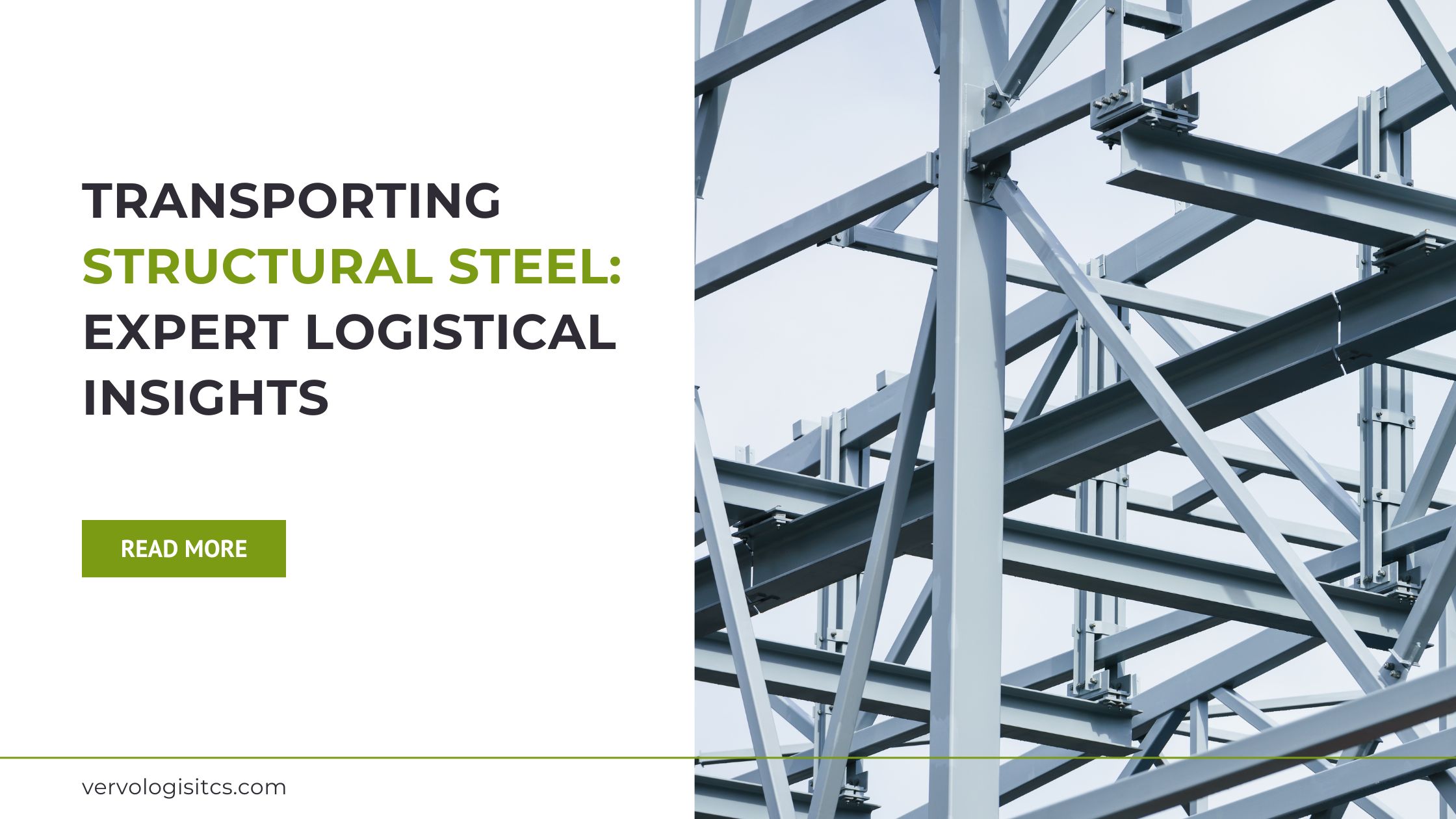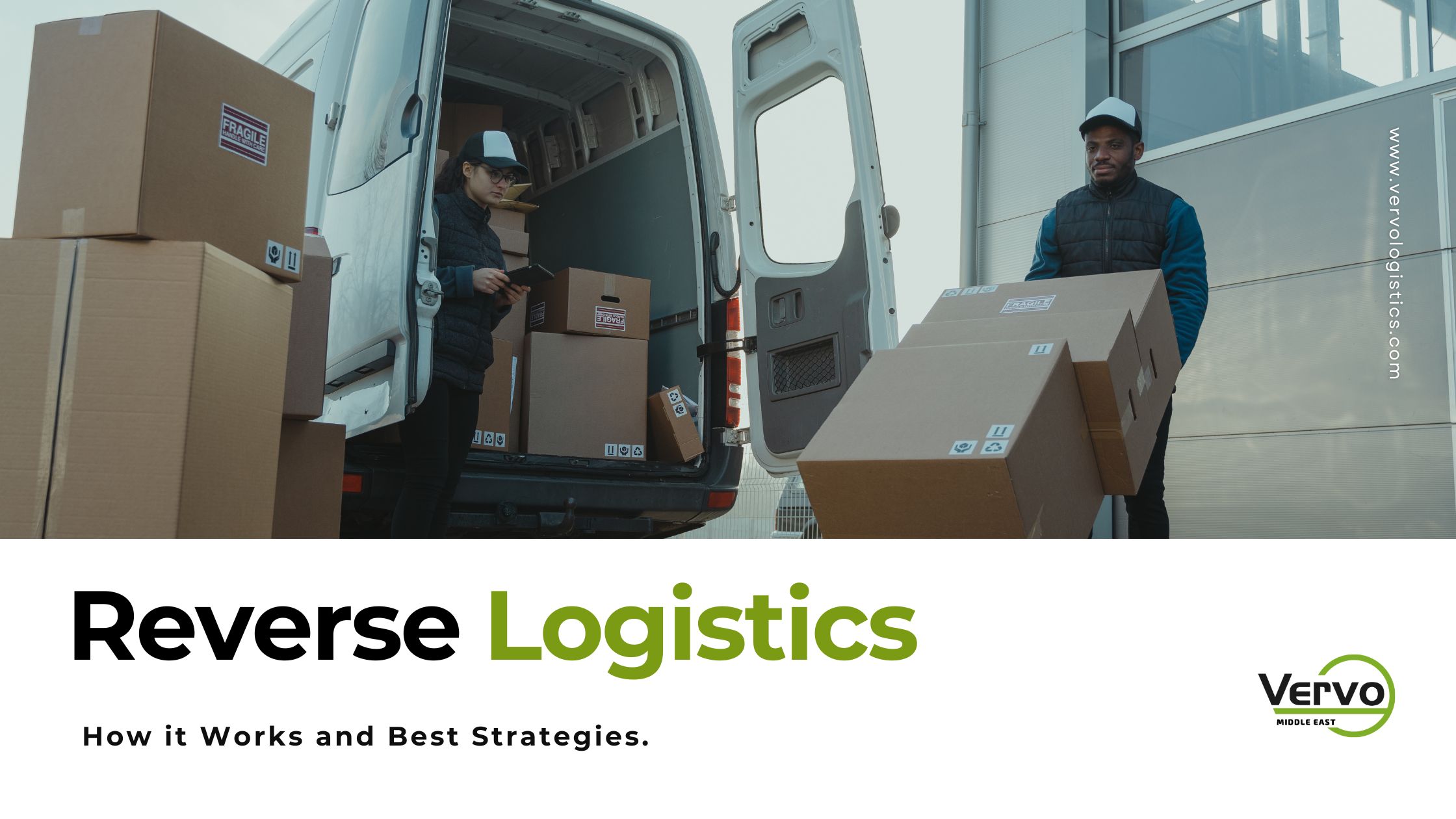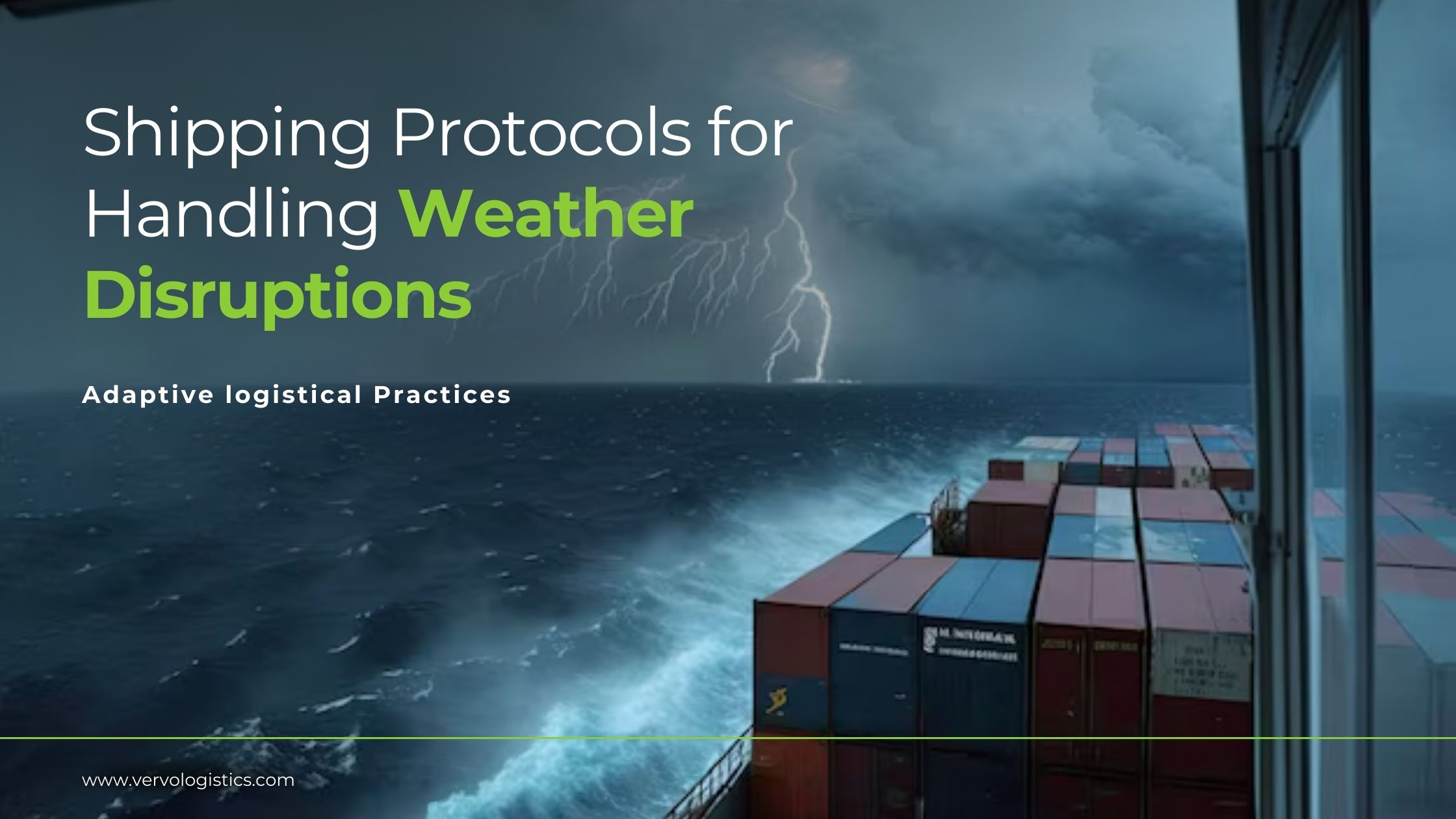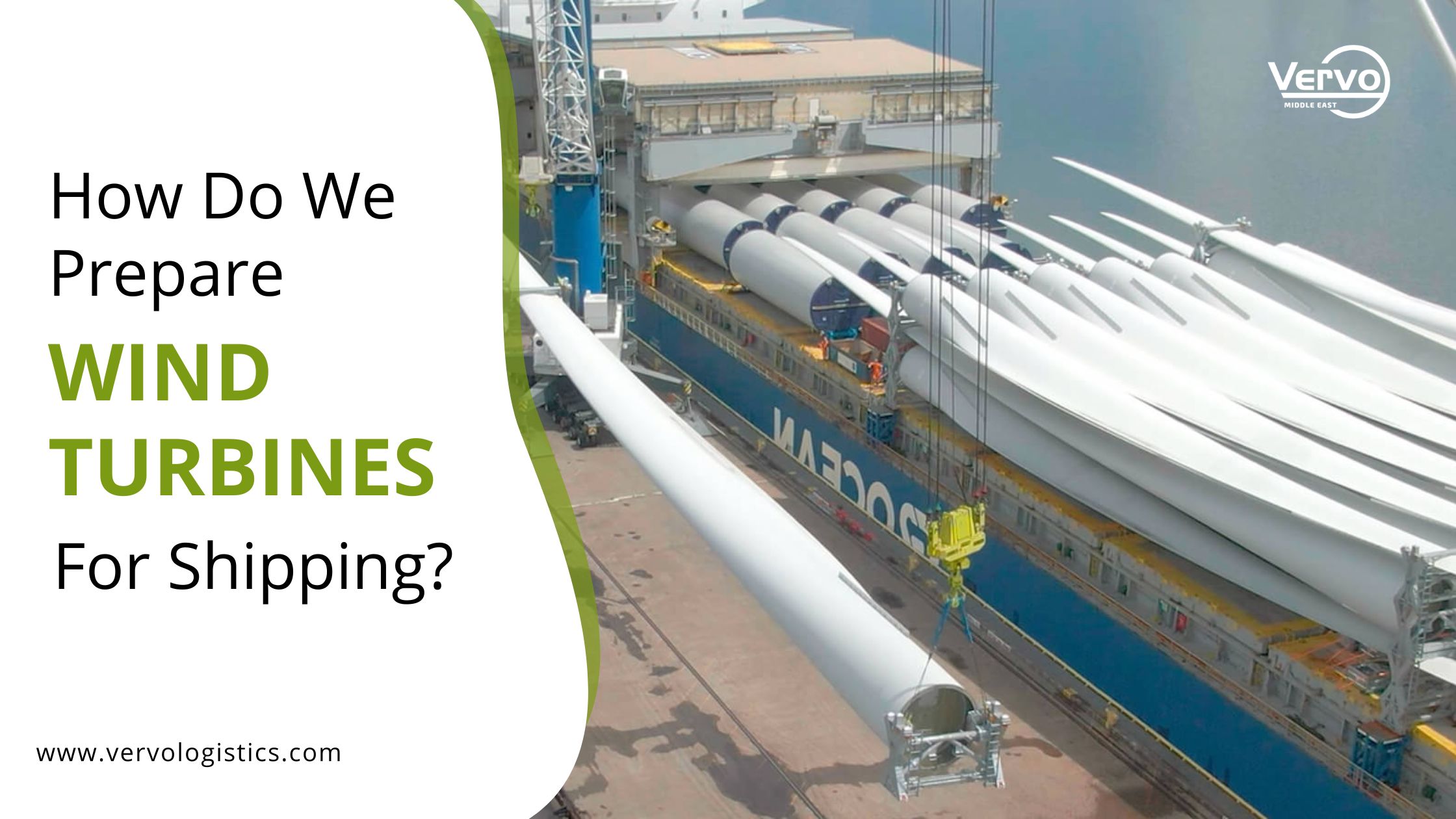Structural steel, the skeleton upholding impressive new heights in Emirati construction, now accounts for over 60% of construction projects in the United Arab Emirates. The UAE structural steel fabrication market size was US$ 635 million in 2023. It is estimated at USD 1.79 billion in 2024 and is expected to reach USD 2.65 billion by 2029. The majority of the UAE's structural steel comes from India, Spain, and Germany.
What explains structural steel's meteoric rise?
For one, high-strength alloy variations can reach strengths of up to 10,000 psi alongside flexibility levels above 20% and speed of erection, allowing for the construction of more innovative and taller structures.
Advanced thermomechanical control processing now enables structural steel microstructures to be refined and optimized to achieve exceptional strength-to-weight ratios. This allows for remarkably light yet sturdy building designs.
This potential, however, induces immense logistical challenges while transporting structural steel.
Vervo Middle East’s team shows the best practices for securing structural elements, how to handle oversized loads, and offers practical insights for handling the diverse geometries of structural steel components.
How Do We Handle Different Shapes of Structural Steel Components?
Structural steel components come in cross-sectional shapes. Each shape category requires a different handling technique. It is essential that we follow the best load distribution practices to avoid overstressing axles when managing both mammary and symmetrical pieces. Below are some expert insights on how to ship each category securely.
Open-Section Steel Components
These shapes are open in their geometry, making them less aerodynamic but easier to stack and secure due to their flat surfaces. Due to their stacking ability, open-section components require less vertical space but may need more ground coverage on a transport vehicle. The open nature of these shapes can lead to a higher risk of corrosion if exposed to elements; therefore, proper protective coverings during transport are essential.
- L-Shape (Angle):
It is a simple 90-degree angle shape that provides strong corner/edge connections. Common in connections, framing, and reinforcement. Angles are often braced and bundled together for transport. Must account for appropriate support to prevent bending under load weight. We also take caution when lifting/storing bundles to avoid stressing corners.
- U-Shape (Channel):
A U-shape, or channel, has flanges on either side of a web to provide strength. It is commonly used in structural applications where surface area and moment of inertia are important. Mainly, they are used for joists, purlins, studs. Also, efficient in compression and bending. Channels are shipped nestled together or stacked/bundled. We must use dunnage to avoid damage from vibrations and take weight distribution into account to prevent web buckling.
- Z-Shape:
A Z-shaped cross-section efficiently resists both compression and bending forces, while the flange provides lateral stability. Due to its high structural strength, it is often used in roofing, siding, and purlin systems as girts, purlins, and sag rods. It offers good support in multiple directions, like angles.
We bundle or rack Z-shaped cross-section components horizontally for transport to maximize space usage, while preventing web scratching and flange damage. Also, we distribute the weight evenly, so flanges don't deform under load.
Closed-Section Steel Components
These components have a closed structure, offering high torsional resistance. They are more aerodynamic, which may reduce drag during transport. Closed section components can be more challenging to secure due to their shape, requiring specialized fixtures or clamping systems to prevent rolling or movement. They are generally more protected from the elements, but any internal condensation can cause unseen corrosion, necessitating ventilation during storage and transport.
- Tubular Hollow Cross Form (circular, square, rectangular)
Tubular sections can be circular, square, or rectangular and are known for their high torsional resistance and strength-to-weight ratio. They are used in columns, beams, and truss structures as braces. Their circular shape is optimal for axial compression. They have dense nesting and stacking potential; we must use padding to prevent abrasions and distribute weight evenly to avoid buckling. Tubular hollow cross forms may require custom saddles/racks.
- Rectangular Hollow Cross-Section:
This is a type of tubular section that offers good resistance to bending in two directions. It's often used for columns and beams where aesthetics and resistance are important. Rectangular hollow cross-section forms are used in long spanning trusses. We can stack/bundle them horizontally or vertically. However, using straps or spacers when stacking is necessary. Expert handlers should take care of this process, as these forms are susceptible to denting.
- Square Hollow Cross-Section:
Like rectangular hollow sections but with equal dimensions, providing symmetrical bending resistance. Used as truss chords in both columns and beams for structural purposes. Square hollow cross-section shapes are highly resistant to axial, bending, and torsional loads. These forms are difficult to nest and are often transported loose. We should just ensure column bracing and support. Also, we use padding at contact points and distribute weight evenly, like other shapes.
Specialty-Section Steel Components
This category includes components with unique profiles, such as varying widths (C-shape), flat surfaces (Flat Form), and varying cross-sections (Taper-Shaped). They are often used for specific structural purposes. Specialty section components may require custom support or cradles to maintain their shape and integrity during transport. Flat forms are prone to bending and must be properly stacked and supported. Taper-shaped beams and columns, with their varying profiles, may need tailored securing methods to account for the change in shape along their length.
- C-Shape:
Similar to the U-shape but with a shorter web and longer flanges (with lips). C-shapes are often used in purlins and wall beams. They provide stability and strength for bending and axial loads. Also, C-shapes are commonly used as purlins and girts. From a logistical perspective, they have dense nesting potential for transport efficiency. They’re often shipped bundled or stacked. We use spacers and padding to prevent scratches and deformation of flanges or the web. Also, distribute concentrated weights from bands/straps. C-shape components may require custom saddles or racks for support when storing. We also must take caution when handling singles to avoid bending or torquing.
- Flat Form:
Flat steel forms, such as plates or sheets, are used where surface area is important, such as in flanges or stiffening plates. They are comprised of steel plates from 1/4" to 1" thick and are used to connect structural members or bolster joint strength. Flat steel forms provide optimal bearing for transfers of heavy loads. However, plate thickness affects weight considerations. They may require custom crates or saddles to prevent bending when loaded. We stack flat with spacers or slip sheets to prevent scratching the surface. Also, we use softeners at contact points and secure loads to prevent shifting. Moreover, they require careful attachment of rigging and handling gear to avoid stress points.
- Taper-Shaped Beams and Columns:
These shapes have a cross-section that varies along their length, often used to reduce the amount of material in parts of the beam or column where less strength is needed, optimizing structural efficiency where bending stress is greatest. Typically, they are linearly tapered flanges and/or the web. Such shapes enable the long, clear spans desired in industrial buildings.
Due to the heavier, dense end of tapered sections, proper weight distribution must be accounted for when loading for transport; usually, this means orienting the heavier end toward the rear of the trailer. Adequate bracing supports any overhanging ends to prevent bending or sagging. Tiedowns and padding at contact points are essential to prevent flange/web damage. Load distribution straps evenly spread weight and minimize deformation risks. Police escorts may be required to accommodate oversized widths. Also, careful measurement when storing ensures openings provide full support and stability.
Special Considerations for Structural Steel Oversized Loads
Permitted oversized loads must traverse narrow roads and crowded ports, which requires key logistical strategies around properly bracing tall or awkward shapes, avoiding buckling risks, and going through tight turns.
Any load exceeding 4.3 meters wide, 4.6 meters high, or 25 meters long is considered oversized in the UAE. Structural steel elements like plate girders, trusses, and column assemblies often fall into this category. For example, the 50-meter A-shaped trusses incorporated in Abu Dhabi International Airport’s air traffic control tower required specialized transport. Navigating such loads presents unique challenges.
Route planning is essential to account for clearances along the path. Bridges may impose width, height, and weight restrictions. We thus perform trial runs with pole cars to detect potential obstructions. Utilizing specialized vehicles, like self-propelled modular transporters, is essential for some cargo to distribute weight across multiple axles.
Lowboy trailers with hydraulic suspension and ramped rear bolsters also help navigate uneven terrain. Stacking multiple beams sideways on a trailer can minimize height, and for weights exceeding 100 tons, more axles are added. Lastly, Emiri authorities require oversized load notifications to coordinate escorts and needed temporary infrastructure adjustments.
Structural Steel Transportation Services in the UAE
As the leading provider of shipping solutions across the EU, UAE, and GCC for over 15 years now, Vervo Middle East offers the expertise to safely transport all your high-value structural steel components.
Our experienced global logistics team stands ready to evaluate your project’s unique needs, conduct route planning, and provide specialized equipment and certified drivers to deliver your steel—no matter the size or quantity—on time and damage-free.
Structural steel transit requires care and know-how. Vervo Middle East team of expert shippers knows how to account for the unique structural properties of different shapes during loading, securing, stacking, and unloading. So, for your next initiative, we can get your materials secured and on site with strict shipping protocol.
Contact us today to learn how we can move your structural steel load while you focus on constructing the future.
For a free, customized shipping quote, fill out the form or reach out to our team via:
☎️+971508723352
📧




